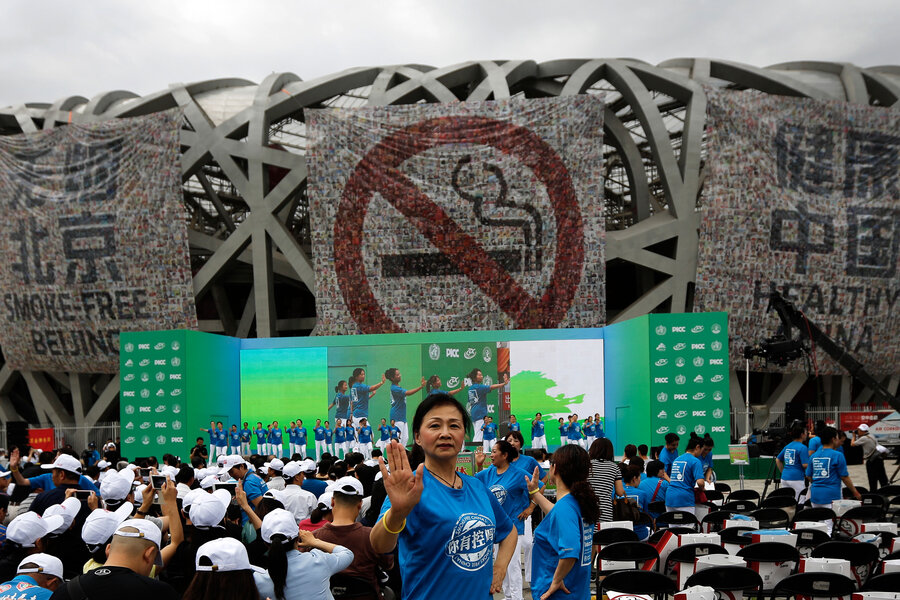World No Tobacco Day: Could plain tobacco packaging deter kids?
Loading...
The United Nations is pushing for the use of plain packages on tobacco products as countries around the globe mark World No Tobacco Day, an advocacy effort convened every year on May 31.
By using plain packaging, without logos or distinctive color schemes, advocates hope to reduce demand for tobacco products – especially among young people – which public health officials estimate kill 6 million people each year.
"Tobacco use is one of the largest causes of preventable non-communicable disease," UN Secretary-General Ban Ki-moon said in a message marking the day on Tuesday. "On this World No Tobacco Day, I call on Governments around the world to get ready for plain packaging."
A move to restrict the visual appeal of tobacco products is gaining ground. Australia became the first country to implement the measures in December 2012, while a British court recently overruled a challenge by four tobacco companies and upheld rules that make cigarette cartons a uniform olive green.
Separately, India's Supreme Court also dismissed a challenge by tobacco companies and upheld a law requiring larger warning labels, while the European Union also adopted stricter regulations. A slew of other countries, including Chile, New Zealand, Panama, Singapore, South Africa, Turkey, and the United Arab Emirates are also mulling similar measures, the advocacy group Campaign for Tobacco Free Kids notes.
"As more countries adopt plain packaging, what was once seen as a revolutionary policy is well on its way to becoming a standard practice in national tobacco control policies worldwide," said Matthew Myers, the group’s president, in a statement.
As defined by a World Health Organization (WHO) Framework Convention, plain packaging restricts or prohibits the use of logos, distinctive colors, brand images, or other promotional information other than the brand and product name in a standard color and font. In his message Tuesday, Mr. Ban also noted that plain packing could help increase the effectiveness of health warnings.
In Britain, the High Court also framed the issue as a "moral" one, rejecting the argument by four tobacco giants that plain packaging would make the packages indistinguishable and harm their intellectual property rights, as the Christian Science Monitor's Lucy Schouten reported.
"[Tobacco companies'] last stand on the issue has really been in the courts because they've lost on the science, they've lost on politics, and they're really trying to shift the debate into the courts," Stanton Glantz of the Center for Tobacco Control Research and Education told the Monitor.
Dr. Margaret Chan, the WHO's director-general, pointed Tuesday to evidence that Australia's effort had led to more than 100,000 fewer smokers in the first 34 months since the proposal was implemented.
"These results are a cause for celebration, but governments must remain vigilant," she added. "On this World No Tobacco Day, we are telling the world to get ready for even more comprehensive tobacco control."







